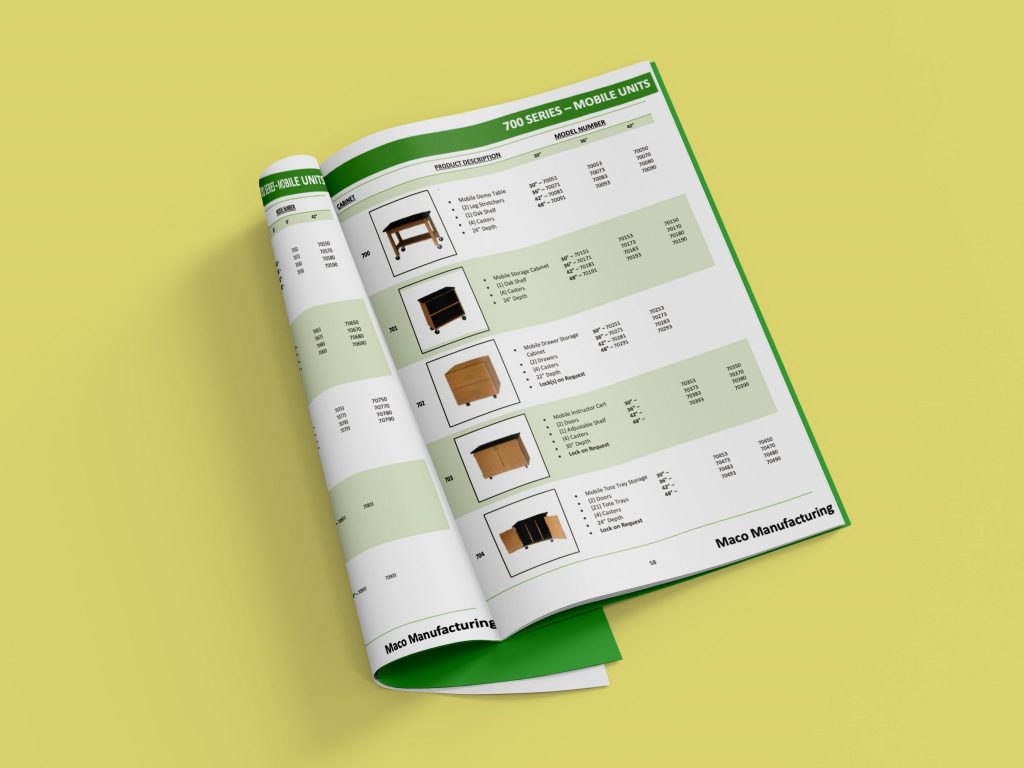For more than a hundred years, the product catalog shaped how people bought, sold, and learned about products. In the late 1800s, when most Americans lived miles from the nearest retail store, the catalog wasn't just a convenience, it was a lifeline.
Sears, Roebuck & Co. understood this better than anyone. By 1908, their famous mail-order catalog reached over 20 million homes, offering everything from shoes to sewing machines to fully assembled houses. At its peak, the catalog stretched beyond 1,300 pages and accounted for more than half the company's revenue. It became known as the "Consumer's Bible" and played a pivotal role in building one of the largest retail businesses in U.S. history (Smithsonian Magazine, 2018).
But the real innovation wasn't just in what Sears sold, it was how they organized and delivered information. Product illustrations were hand-drawn. Descriptions were precise. Pricing was transparent. The catalog was trusted. For decades, it worked. But as the world became more connected and digital-first, the printed catalog began to lose relevance.
The Digital Transition
By the early 2000s, businesses had moved to digital catalogs - primarily in the form of PDFs. These offered a quick fix: no printing costs, easy distribution, and instant global reach. But in most cases, they were just scanned versions of the old paper model. They didn't solve the real problem. People still had to scroll through dozens or hundreds of pages to find what they needed. In 2006, a Forrester study found that 43% of users abandoned online catalogs if they couldn't locate the right product quickly.
So companies upgraded again.
Platforms like FlippingBook and Flipsnack introduced interactive catalogs that mimicked the feel of flipping through a book. They were visually appealing, mobile-friendly, and allowed for embedded links and videos. By 2020, the digital publishing industry had surpassed $15 billion globally (IBISWorld, 2020), with flipbooks becoming a standard tool for B2B companies, manufacturers, and direct-to-consumer brands alike.
These tools were an improvement, but still far from ideal.
The Conversation Revolution
At Back Bay Automation, we started hearing the same thing from clients across industries: customers don't want to search - they want answers. So we asked a simple question: What if the catalog wasn't a file at all? What if it was a conversation?
That idea led to the development of our Retrieval-Augmented Generation (RAG) catalog assistant. Instead of browsing static documents, users could ask questions like, "Which product is best for my application?" or "What are the specs for this part number?" The AI would pull accurate, context-specific answers directly from technical catalogs, manuals, and support documentation - instantly.
We rolled this out across a range of companies - from manufacturers to distributors to software vendors. The results were immediate. Sales reps who previously spent 10 - 15 minutes flipping through specs could now respond to customer inquiries in seconds. Support teams reduced response times by over 40%. Onboarding time for new employees dropped in half. And because the system pulled directly from their actual documentation, accuracy never had to be sacrificed for speed.
The Data Behind the Transformation
These findings aren't surprising when viewed against broader market data. A 2023 McKinsey report estimated that generative AI could automate 50% or more of repetitive knowledge tasks in technical fields by 2030. Meanwhile, a FlexJobs survey of over 8,000 U.S. workers showed that 63% still ranked remote work as the most important aspect of their job.
The takeaway is simple: people expect fast, direct access to product information - no digging, no downloads, no flipping. They don't want to read through a catalog. They want an answer.
Looking Forward
The traditional catalog isn't dead, but it's being redefined. Businesses that adapt to this shift will move faster, support better, and sell smarter.
We've seen it happen. And there's no going back.


